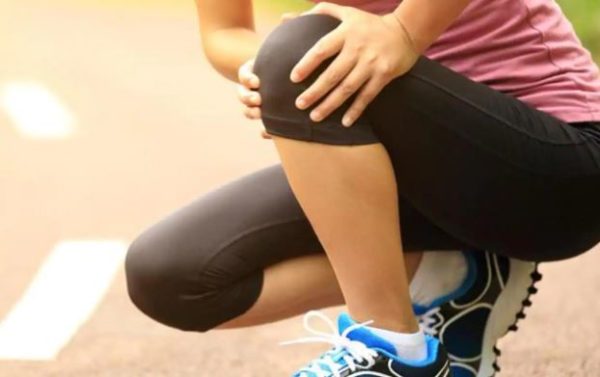
Take it as a good indication if your muscles are screaming today because of yesterday’s training.
You have “delayed onset muscular soreness” (DOMS), which is a term you’ll hear tossed around in practically every fitness arena as a correlation with a wonderful workout when in reality, it could lead you to take a number in the orthopedic’s waiting room.
While there is no magic bullet for avoiding muscular soreness, the 4 measures listed below may be useful during the healing process.
1. Getting a massage
When you have sore muscles, not only should you get a massage, but it is highly recommended and advised too. According to research, a massage offers greater long-term effects and therapeutic properties for your discomfort than other medications, which can lessen inflammation and hinder the healing process.
2. Eat right
Protein is required for muscle repair, carbs for fueling your next workout, and healthy fats for joint lubrication. As a result, it’s critical to refuel both before and after a workout. Pre- or post-workout, eat quinoa with steamed veggies and chicken or a slice of peanut butter toast with an apple. The goal is to avoid going hungry!
3. Do an active cool down
A cool down period following a workout allows your breathing and heart rate to return to normal. It can also aid in the mending process and potentially relieve delayed onset muscle pain by keeping blood circulating in the exercised muscles.
4. Hydrate
Staying hydrated may seem obvious, but it is a vital element of muscle recovery. Water keeps fluids circulating through your system, reducing inflammation, flushing out waste, and delivering nutrients to your muscles. If you skip this important part, your pain will not only be more extreme, but it will also stay longer.
Cool down with some mild cardio after your exercises, and plan low-intensity, recovery-focused sessions throughout the week. You don’t have to go heavy during every workout to get the best benefits. Aerobic exercise, such as jogging or cycling, as well as yoga, Pilates, and other low-impact routines, are all excellent ways to combat DOMS.

